Southern chefs are redefining meeting menus with local influences and innovative twists on classics.
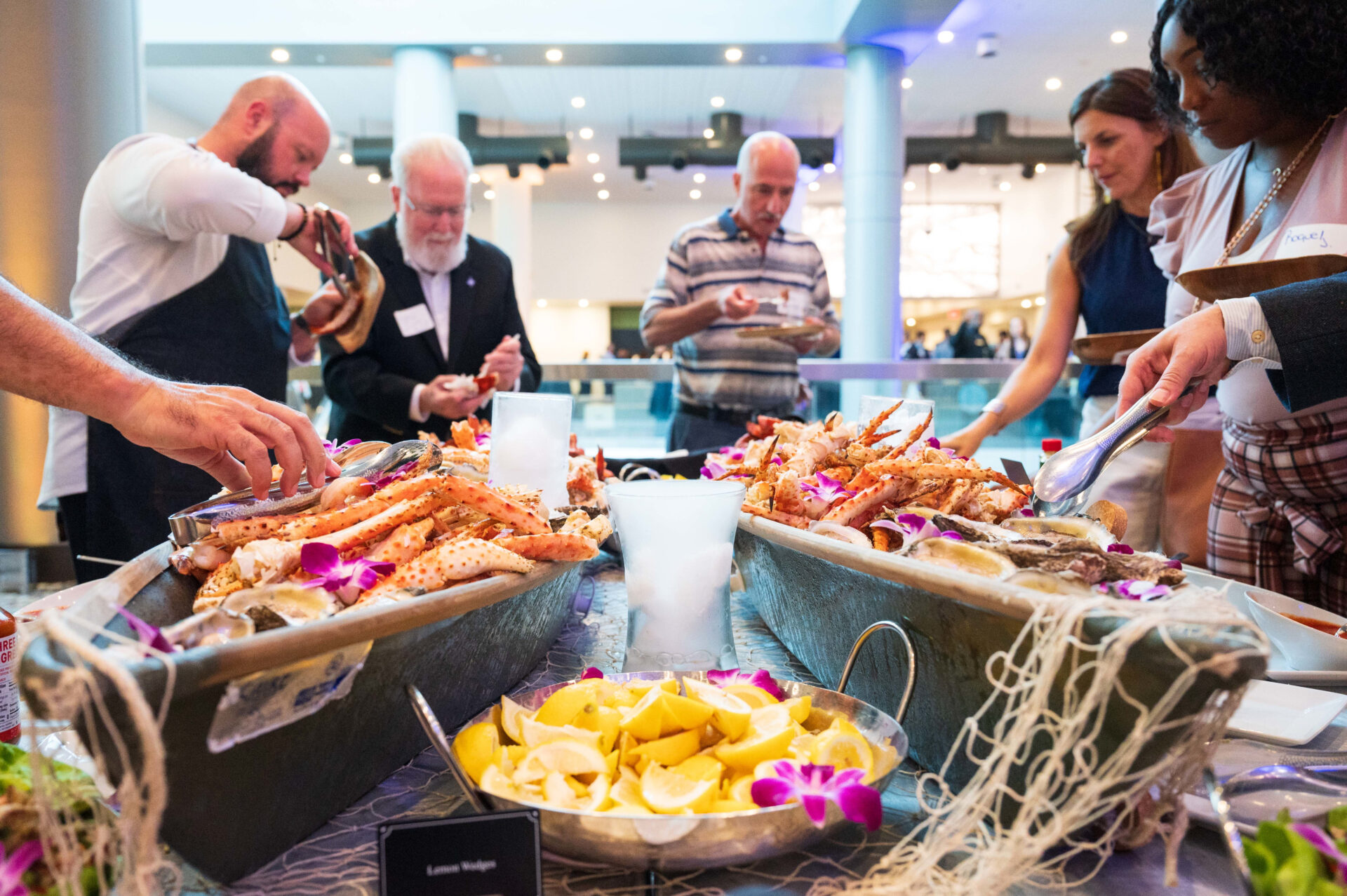
Beyond a meeting or event’s agenda and activities, one element consistently brings everyone together: food. In the South, food is more than just nourishment; it is a cultural experience. Every bite tells a story—from cherished family recipes passed down through generations to bold, modern interpretations of beloved regional dishes. Southern chefs and restaurants are constantly raising the bar, honoring tradition while redefining Southern cuisine. As a result, planners have access to a rich culinary landscape guaranteed to elevate any event.
“Food is the ultimate connector,” says Katia Ponomareva, director of catering for Off-Premise Events, Constellation Culinary Group. “It sets the tone, sparks conversation, and turns a gathering into an experience. As events become more immersive, food will continue to be a driving force—whether through storytelling, sustainability, or sheer indulgence.”
Culinary creativity on display
When it comes to pleasing a crowd, creativity in cuisine is always a win. From inventive flavor pairings to artful presentations, many chefs turn meals into multisensory experiences that spark conversation and connection.
At the Phillip and Patricia Frost Museum of Science in Downtown Miami, creativity takes center stage—on the plate and beyond. This one-of-a-kind venue offers groups an unforgettable blend of science, art, and innovation, including full buyouts of the planetarium for laser-light performances. The sensory experience doesn’t stop there. Through an exclusive partnership with Constellation Culinary Group, the food becomes just as show-stopping as the setting. Known for its inventive, tailor-made menus, the team at Constellation Culinary Group approaches each event as a unique opportunity to spark connection and conversation through food. “No two events are ever the same—and that is exactly what excites us,” says Ponomareva. “We love curating menus that tell a story, celebrate a location, and create immersive, Instagram-worthy moments.”
Whether the event calls for coastal seafood spreads inspired by the Florida Keys, inventive nods to Miami’s vibrant Latin flavors, or a modern take on a classic favorite, every menu is designed with artistry and intention. “Every bite is designed to enhance the event’s energy, giving guests an experience as memorable as it is delicious,” adds Ponomareva.
The result is often crowd-pleasing options with a creative flair, such as luxe sliders reimagined with bold, unexpected ingredients, interactive ceviche stations where guests can customize their flavors, or torched meringue displays that turn dessert into a performance. “For us, creativity is the crowd-pleaser,” Ponomareva explains. “The key is taking something familiar and giving it a fresh, exciting twist. We love playing with textures, presentation, and unexpected flavor pairings that feel fresh yet irresistibly crave-worthy.”
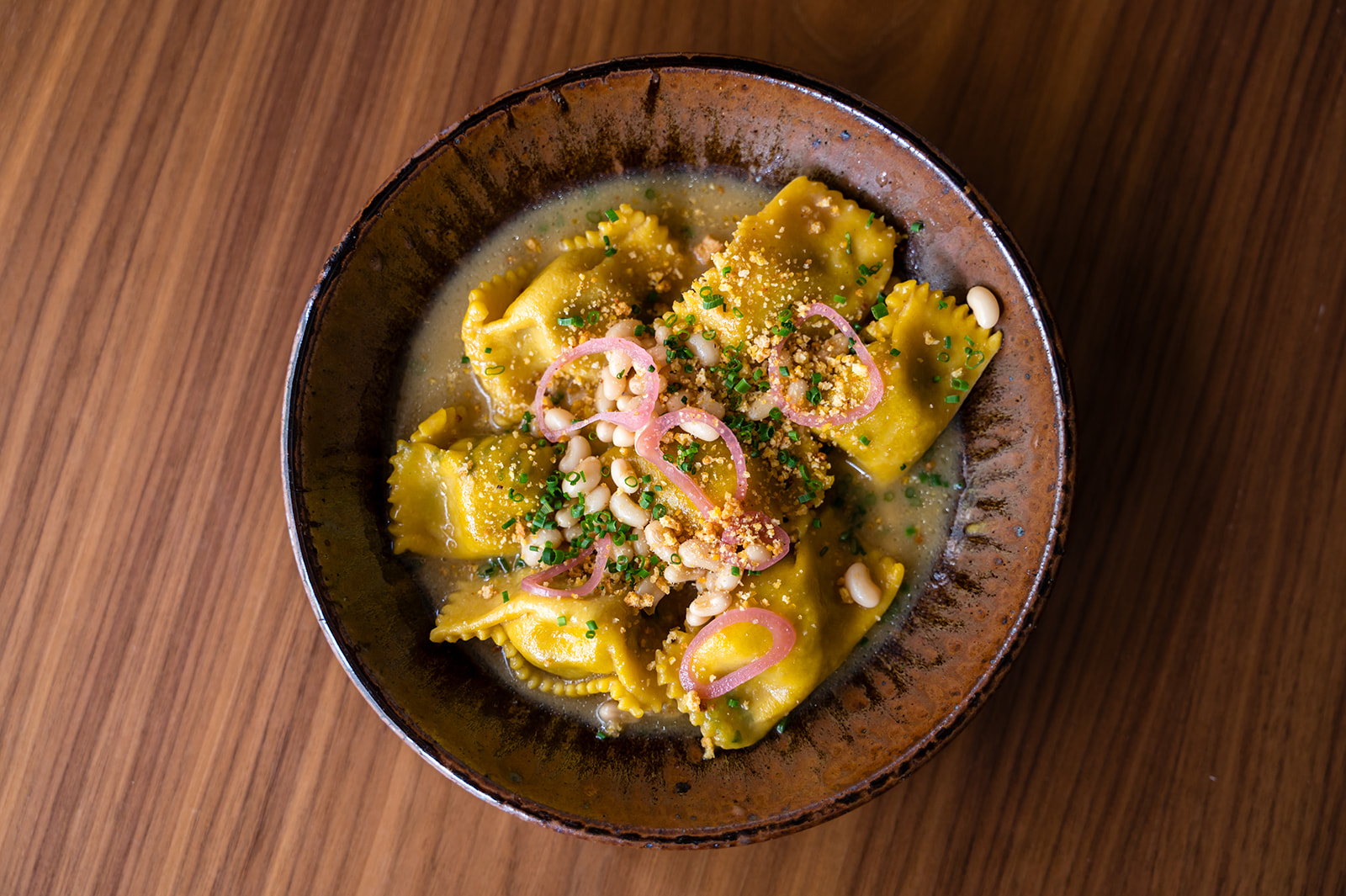
Front-row flavor
Live chef stations are a hallmark of the experience, offering attendees a front-row seat to the culinary action. “We have always prioritized interactive, experiential dining, and it is only becoming more in demand and is so Instagrammable,” Ponomareva explains. “There is something special about watching a chef in action—seeing the artistry, the passion, the technique. These moments bring energy to an event and keep guests engaged.”
With Constellation Culinary Group, interactive stations go well beyond serving food; these wildly imaginative, totally unexpected experiences surprise and delight attendees at every turn. Options like caviar carts strike the perfect balance of indulgence and elegance; live-fire cooking creates a “wow” moment for serving tomahawk steaks and fresh-caught seafood; and jaw-dropping pavlovas double as edible art. “Another popular option is the aguachile small plate, which is prepared to order using a variety of proteins, aguachile base, and accompaniments,” Ponomareva says. “Guests are drawn to this simple and flavorful station, which is interactive and engaging.”
Interactive food stations can be a flavorful introduction to the city itself. At the New Orleans Ernest N. Morial Convention Center, district executive chef Brandon Felder and his team serve up a true taste of “The Crescent City” with immersive stations highlighting the region’s most beloved bites and telling the story of New Orleans, one small plate at a time. “It is like a reception-style tasting tour, where everyone gets small bites of different things,” Felder says. “We will do a mini po’ boy station, where guests can try catfish, shrimp, roast beef, or fried green tomato—all the local favorites.”
Signature barbecue shrimp is a must-try offering at the convention center, but the grits station often steals the show. “We serve grits two ways: one with the shrimp, and
the other with our pork belly,” he explains. “Our executive sous chef has a brown sugar-heavy rub he uses with a spiced glaze that is just awesome.”
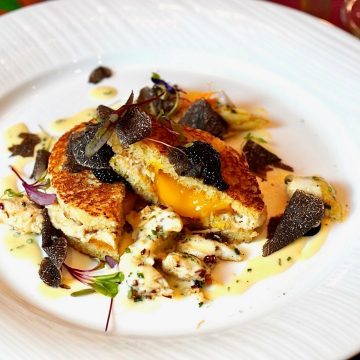
Tradition on the table
For chefs like Felder, staying true to their region’s culinary roots and showcasing them whenever possible isn’t just a preference—it’s a point of pride. The flavors, techniques, and traditions passed down through generations are the heartbeat of the local food scene, and chefs take their role as stewards of that heritage seriously.
Born and raised in New Orleans, Felder takes seriously his role of showcasing all of the culinary flavors the city has to offer. “It is important to me to showcase the best of what our city has to offer, especially when it comes to seafood, which we do exceptionally well here,” he says. “We make sure to give guests an authentic taste of the city with dishes like our ‘Taste of New Orleans,’ featuring classics like chicken and sausage jambalaya, gumbo, and étouffée. Our menu is rooted in the rich flavors of New Orleans cuisine, ensuring every bite is a true reflection of the city’s culinary soul.”
New Orleans shines through the convention center’s signature menu, aptly named the Air, Land, and Gulf menu, Felder adds. “The ‘air’ is a stuffed Plaquemines Parish mail with andouille cornbread inside and melted peppers on the plate; the ‘land’ is our chicory coffee rubbed beef tenderloin; and the ‘Gulf’ is a seared snapper with jumbo lump crab meat with champagne beurre blanc and patty pan squash.”
Like chef Felder, chef Eric Cook pours all of his heritage into his cooking, drawing from a lifetime in New Orleans, where food is as much about family and culture as it is about flavor. A proud native son and Marine Corps veteran, Cook’s culinary journey started not in a classroom, but around his family’s table—weekend rabbit stews, his mom’s chicken and dumplings, and holiday oyster dressing that only made rare appearances. At Gris-Gris, his Magazine Street restaurant, Cook brings those humble, deeply personal dishes to life in an elevated yet approachable way. “For me, it’s memory food,” he says. “It’s the food I grew up with, and I want to give people a taste of what it was like to sit at a New Orleans table with family.”
With his second restaurant, Saint John in the French Quarter, Cook steps into what he calls “haute Creole cuisine”—his modern, soulful tribute to the city’s layered culinary history. From rabbit fricassée with house-made gnocchi to a signature oyster appetizer inspired by his grandmother’s holiday spread, every dish tells a story. “I am not trying to reinvent the wheel,” he says. “I am trying to keep the wheels turning, to show that these old dishes still matter and can evolve while staying true
to their roots.”
Like Cook, chef Isaac Toups is preserving and evolving the culinary language of his ancestors. Born and raised in Rayne, La., deep in the heart of Cajun country, Toups comes from a family who has called south Louisiana home for more than 300 years. Hunting, fishing, shrimp and crawfish boils, boucheries, and backyard barbecues were part of his everyday life. Such a deep connection to place and tradition is the heartbeat of Toups’ Meatery, his New Orleans restaurant where rustic Cajun cuisine meets bold creativity. “My Cajun roots are always with me. “I’m unable to turn them off,” he says. “The bold flavors, the heavy seasoning, the garlic—even when I’m cooking non-Cajun food, I tend to ‘Cajunize’ it a little.”
Toups’ Cajun-style cooking has contributed to his acclaim as a chef. He is a three-time James Beard Best Chef of the South finalist and semi-finalist, and a finalist on season 13 of Bravo’s Top Chef.
At Toups’ Meatery, he embraces a “protein-first” philosophy, which is both primal and precise. “I find what animal I want to cook that day and then figure out the accompaniments,” he says. “I have been known to forget the vegetables.” Dishes like lamb neck, cracklins, and boudin balls with Creole mustard aioli showcase his signature blend of rustic tradition and refined technique. Whether he is refining a classic couvillion with crab fat rice or pickling everything from pineapple to quail eggs,
Toups honors the spirit of Cajun cooking while pushing it forward. “I love the idea of ‘foie gras in your flip flops,’” he says. “That is my kind of dining: high flavor, low fuss, and full of heart.”
Flavors of the Foothills
New Orleans isn’t the only Southern city where deep-rooted culinary traditions are alive and well. The Appalachian region offers a different but equally rich flavor story, thanks to chefs like Graham House, a western North Carolina native. At his restaurant Luminosa, House fuses his Appalachian heritage with Italian techniques, creating what he calls a “modern Appalachian, live-fire eatery.” After cooking in Italy, Greece, California, and beyond, House returned home with a deep respect for ingredients and the land that grows them. “My cooking is a culmination of the fact I moved around a lot,” he says. “Being from here, I wanted to pay homage to the ingredients grown here. That has always stuck with me.”
At Luminosa, House uses those Appalachian roots as the backbone of every dish, blending the bold flavors and rustic traditions of his upbringing with modern cooking techniques. One standout dish is the olive-brined pork shank, roasted in a wood-fired pizza oven and stuffed into agnolotti. “It’s a throwback to cornbread, collard greens, and stewed beans,” House explains. “I use aleppo pepper that we ferment and dehydrate ourselves, and the pasta dough is laminated with all our dill and chive trim. It is all about bringing those flavors into something modern.”
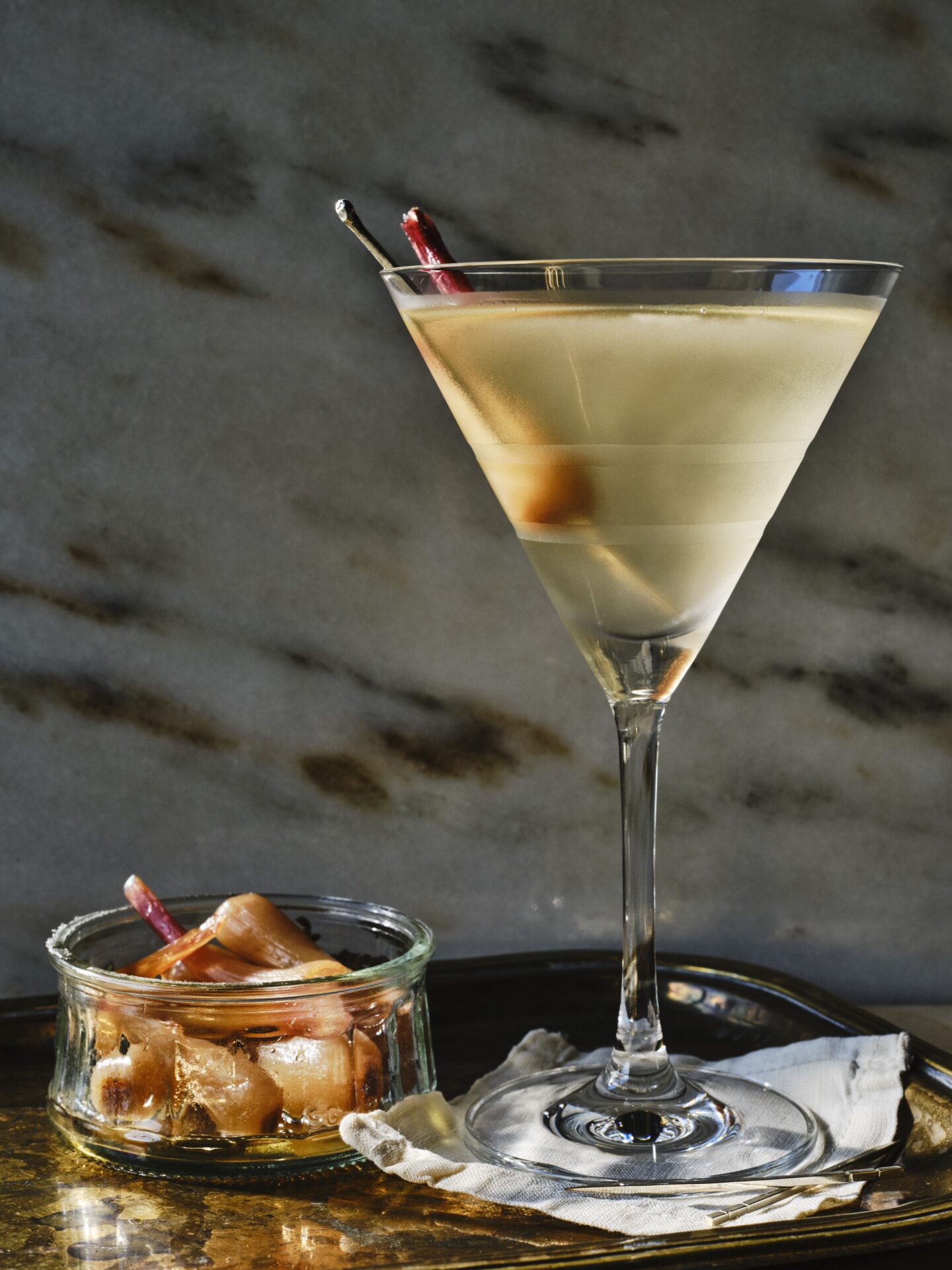
Zero waste, full flavor
House’s commitment to honoring Appalachian traditions is also reflected in his dedication to sustainability and zero waste. “We are very no-waste here,” he says, noting the philosophy stems from his childhood. “We grew up with not a lot of money as kids, so it was very much a no-waste household for us. We use that in our style here at the restaurant.”
House extends this philosophy into his cooking, employing a range of methods to reduce food waste. His team ferments peppers in large five-gallon buckets during the peak of their season, creating a hot sauce used throughout the year. “That is how we bring lighter flavors into the dark winter months without having to buy something out of season,” he explains.
The zero-waste approach is seen in every corner of Luminosa’s kitchen. From turning vegetable trims into stock to repurposing sweet potato peelings into crispy garnishes, no part of an ingredient is wasted. “We bake sweet potatoes whole, then save the peelings and fry them for something else,” House says. “Even our bacon skins get saved and used to cook beans.”
William Dissen is another Asheville, N.C.-based culinary leader focused on sustainability. He brings a deep commitment to local sourcing and zero waste to his work at The Market Place. “It has always been a seasonal farm-to-table restaurant focused on sustainability,” Dissen says, reflecting on his 16 years as chef and owner.
Dissen’s philosophy centers on making the most out of what’s available. He and his team work closely with foragers to find wild ingredients in the surrounding forests and collaborate with local farmers for seasonal produce. “We have seasonal menus that are created by what’s in season from local farms and what our foragers are finding,” he adds. “We are also a zero-waste kitchen. We take extra care to turn any scraps from food production into value-added products.” For example, leftover vegetable trims might become a flavorful vegetable stock for risottos or pastas, and wild-foraged ramps, a springtime favorite, are pickled or turned into pesto to be used year-round.
This commitment extends to every part of the kitchen. Leftovers from one dish cross-utilize into another, minimizing waste while maximizing flavor. “Food loss equals food cost in a restaurant,” Dissen explains. “We try to curate our menus in a way that cross-utilizes ingredients, including preserving ingredients through pickling, fermenting, canning, curing, and dehydrating. As we say, we put things up for the year.”
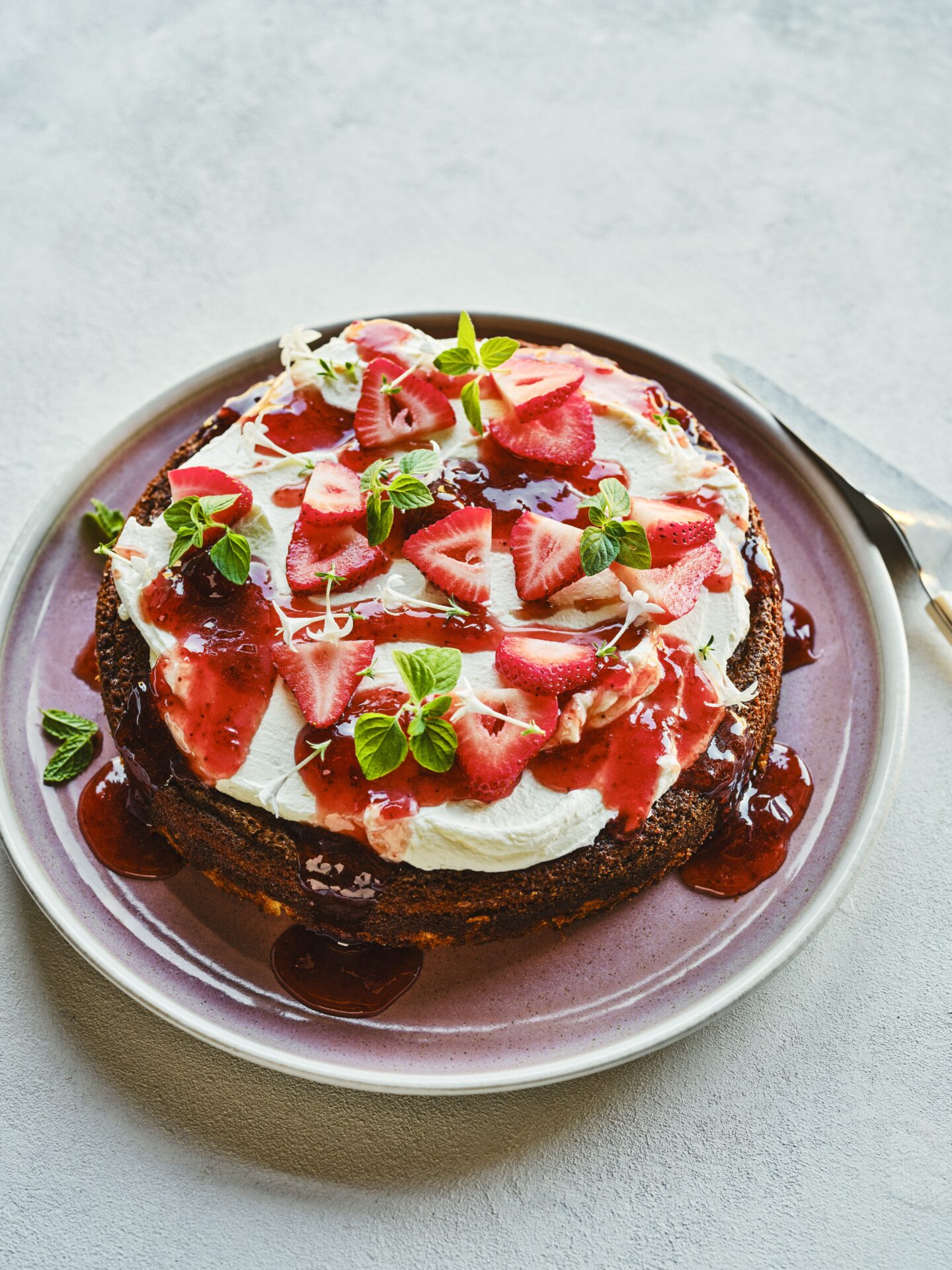
Twist on cocktail tradition
While many chefs across the South embrace tradition and honor culinary history, mixologists are pushing the boundaries of creativity by reimagining classic drinks with bold new twists.
The martini, for instance, is experiencing a major resurgence as bartenders experiment with unique infusions, house-made garnishes, and innovative flavor profiles. Ponomareva and the team at Constellation Culinary Group are at the forefront of this trend, infusing martinis with unexpected ingredients to elevate the entire drinking experience. At their events at the Frost Museum of Science, the team blends the art of mixology with cutting-edge science and technology, allowing guests to sip on custom-crafted drinks while enjoying a curated soundtrack and laser-light shows. The drinks reflect this creativity: The Lover is a Taylor Swift-inspired cocktail, made with butterfly pea tea-infused gin, lemonade, ginger ale, and simple syrup, and garnished with a bright lemon slice. The Artist, a champagne-based creation with tangy grapefruit zest, simple syrup, and a garnish of lemon, captures the essence of creativity and flair. For a tropical twist, Hella Good, inspired by No Doubt, blends pineapple and orange juice with coconut rum and is topped with a sweet cloud of cotton candy. These are the kinds of innovative, unforgettable experiences groups can enjoy—if planners give their chefs and mixologists the freedom to experiment and get creative.
“Don’t be afraid to think outside the box,” Ponomareva says. “The best events are the ones where food is more than just a meal—it is an experience. Trust your culinary team to craft something unexpected and unforgettable.”






